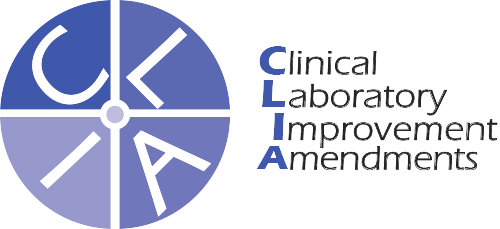Hydroceles (Pediatric)
A hydrocele is a common condition characterized by a collection of fluid in the scrotum, the sac that holds the testicles. It often appears as a painless swelling and is typically not harmful. While hydroceles can occur at any age, they are particularly prevalent in newborns and young infants. While hydroceles are generally not a cause for immediate concern, it’s important to have them evaluated by a healthcare provider to ensure an accurate diagnosis and appropriate management.
Types
- Communicating Hydrocele: This type of hydrocele occurs when there is a small opening between the abdominal cavity and the scrotum, allowing fluid to flow in and out.
- Non-Communicating Hydrocele: In this type, fluid accumulates within the sac, but there is no communication between the abdominal cavity and the scrotum.
Causes
- Hydroceles in infants and young children are often a result of the normal development of the male reproductive system.
- During fetal development, the testicles descend from the abdomen into the scrotum, and a small sac of fluid accompanies them.
- In communicating hydroceles, the connection between the abdominal cavity and the scrotum that normally closes after birth might not fully close.
Symptoms
- The primary symptom of a hydrocele is swelling or a soft bulge in the scrotum.
- Hydroceles are usually painless and might vary in size, often becoming larger during activities that increase abdominal pressure, such as crying.
Diagnosis
- A pediatric healthcare provider can diagnose a hydrocele through a physical examination of the scrotum.
- Imaging tests, such as ultrasound, might be used to confirm the diagnosis and rule out other conditions.
Treatment
- In many cases, no specific treatment is needed for hydroceles.
- Hydroceles often resolve on their own as the child grows and the fluid is gradually reabsorbed.
- Surgical intervention might be considered if the hydrocele persists or if it causes discomfort.
Surgical Intervention
If a hydrocele persists, enlarges, becomes painful, or is associated with other complications, surgical intervention might be recommended to drain the fluid and close the sac.
Follow-Up
Regular follow-up appointments with a healthcare provider are important to monitor the hydrocele’s progress and ensure that no complications are developing.
If you suspect that your child has a hydrocele or if you notice any unusual swelling in their scrotum, it’s advisable to consult a pediatric healthcare provider. They can provide an accurate diagnosis, recommend appropriate management, and ensure the best possible health for your child’s scrotal health.
Accredited By




